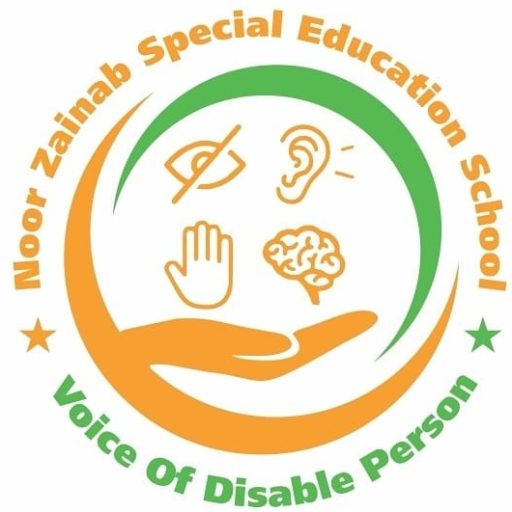Childhood Apraxia of Speech: A Complex Communication Disorder
Childhood Apraxia of Speech (CAS) is a complicated and comparatively unusual speech circumstance that influences a kid’s capacity to make speech sounds as they should be and consistently. CAS, also known as developmental apraxia of speech or dyspraxia, affects a child’s ability to speak effectively. In this blog article, we will discuss the main features of CAS, its diagnosis, treatment options, and potential difficulties that children and their families may encounter.
1. What is Childhood Apraxia of Speech (CAS)?
CAS is a neurological condition that largely affects the planning and coordination of the complex motions required for speaking. Unlike other speech disorders, CAS is caused by a gap between the brain’s purpose to speak and the execution of speech sounds. The following are possible challenges for kids with CAS:
Inconsistent speech and sound errors
Difficulty sequencing sounds and syllables
Limited sound repertoire
Difficulty with speech prosody (intonation and rhythm)
2. Diagnosing CAS
CAS can be difficult to diagnose because it shares some characteristics with other speech disorders. An extensive assessment conducted by a speech-language pathologist (SLP) is essential. Usually, the evaluation consists of the following elements:
- A thorough case history to understand the child’s developmental milestones and family history
An oral-motor examination to rule out other potential causes of speech difficulties
Assessment of the child’s speech and sound production
Evaluation of the child’s ability to imitate speech sounds and words
Observation of the child’s communication in various contexts
Diagnosing CAS often involves ruling out other speech disorders, as CAS is a unique and specific condition.
3. Challenges and Impact on Children
CAS can considerably have an effect on a kid’s life. It can cause problems with social connections, academic achievement, and self-esteem. Children with CAS may find it difficult to communicate, which can cause frustration and communication problems. When a child is young, speech and language development are critical, and these difficulties might be particularly noticeable during this time.
4. Treatment and therapy
The main therapeutic strategy for CAS is speech therapy. A qualified speech-language pathologist (SLP) will work with the kid to enhance speech sound production, sequencing, and coordination. Treatment options for CAS may include:
Articulation Therapy: Focusing on specific speech-sound errors and practicing their correct production
Phonological Awareness Activities: Enhancing the child’s awareness of sounds and syllables in words
Motor Speech Therapy: Exercises and drills designed to improve speech coordination
Augmentative and Alternative Communication (AAC): Some children with severe CAS may benefit from using communication devices or systems to support their verbal communication.
Therapy for CAS is often intensive and may require ongoing support over an extended period.
5. Parental Involvement
Parents play a critical role in the management of CAS. They can support their child’s therapy by
attending therapy sessions and actively participating in their child’s treatment.
Consistently practicing speech exercises and strategies at home,
Advocating for their child’s needs in educational settings and seeking appropriate accommodations
Providing emotional support and encouragement to boost their child’s confidence
6. Prognosis and Outlook
For kids with CAS, the prognosis varies. Some kids benefit greatly from therapy and see notable improvements in their speech and language skills. Others, nevertheless, could experience CAS well into adulthood and need continuing care and accommodations.
Improving outcomes for kids with CAS requires early intervention. The earlier diagnosis and treatment begin, the better the odds of successfully conquering or controlling the disease.
7. Raising Awareness
Increasing understanding of CAS because it’s still a disorder that’s not well-understood Schools, communities, and healthcare providers should be taught about CAS to ensure that impacted children receive the necessary assistance and accommodations.
Finally, childhood apraxia of speech is a complex communication disorder that causes substantial difficulties for affected children and their families. However, children with CAS can make great strides in their speech and language development with an early diagnosis, suitable therapy, and strong parental and professional support. It is critical to acknowledge the uniqueness of CAS and collaborate to ensure that every kid can speak successfully and fully engage in their communities.

